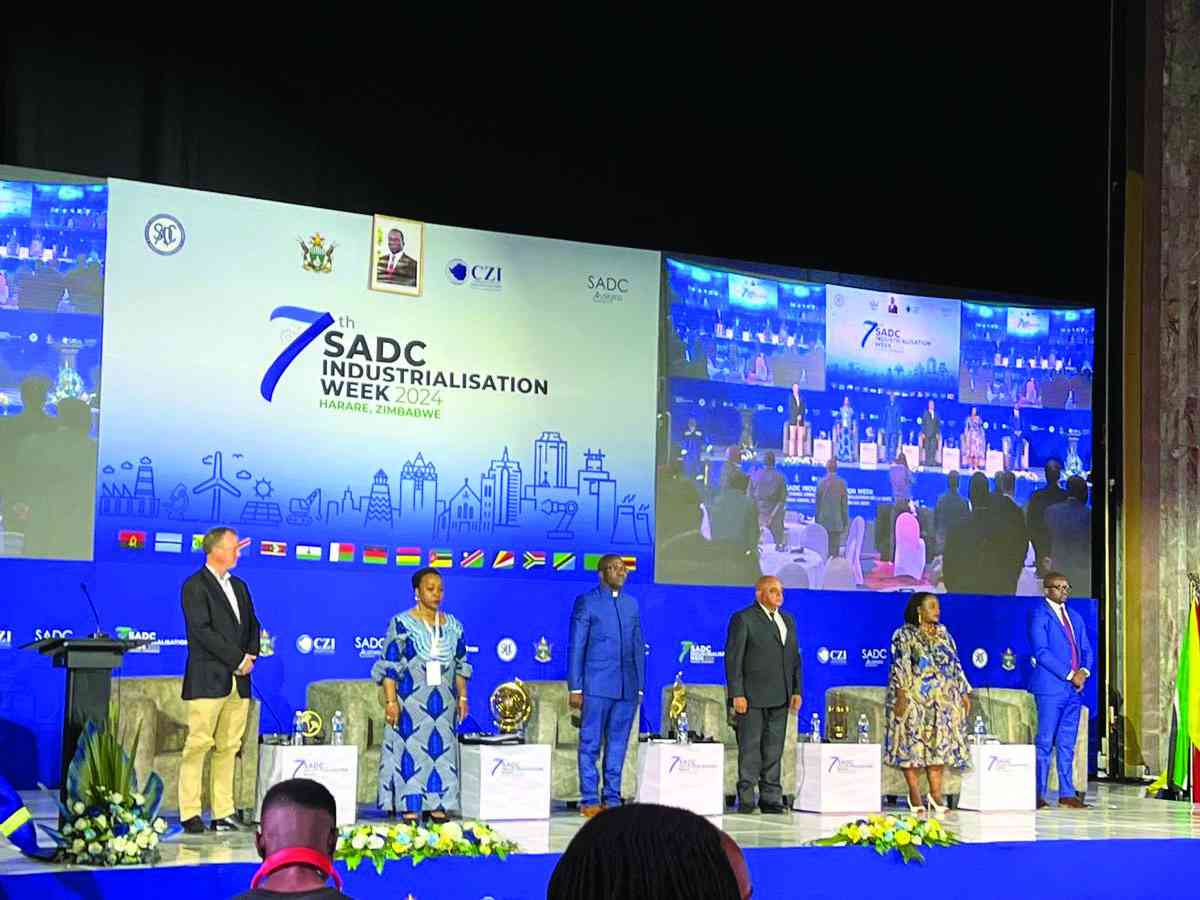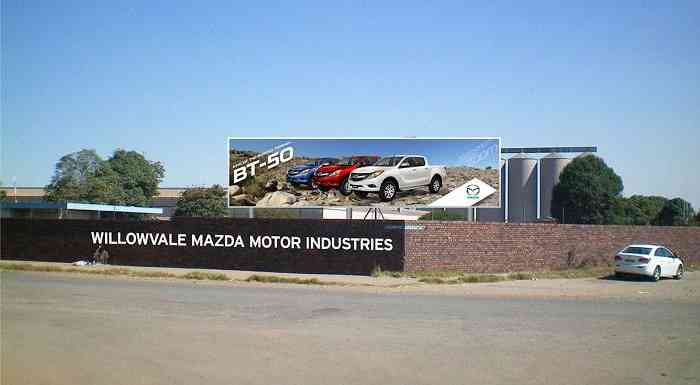
AS the Southern African Development Community (Sadc) prepares to convene its summit in Zimbabwe, the regional bloc stands at a critical juncture. The host nation, once a beacon of economic strength in the region, now embodies the broader challenges facing Sadc as a whole.
Zimbabwe's economic turmoil, marked by soaring inflation, food shortages, and frequent power cuts, serves as a stark reminder of the vulnerabilities within the region.
While Sadc has provided humanitarian aid and observed elections in Zimbabwe, its effectiveness in addressing the root causes of the country’s crisis has been limited.
The upcoming summit presents a pivotal opportunity to reassess the bloc’s approach to supporting member states in distress.
The recently concluded 7th Sadc Industrialisation Week, held in Harare from July 28 to August 2, brought together over 2 300 delegates to discuss strategies for boosting industrialisation in the region.
Zimbabwe’s Industry and Commerce minister, Nqobizitha Ndhlovu, underscored the importance of private sector-led industrialisation to create jobs and improve living standards.
He urged Sadc member states to enhance intra-regional trade and ratify the Sadc Protocol on Industry. The event also highlighted the need for stronger collaboration between governments, the private sector, and international partners.
The “Harare Declaration,” which will be presented to Sadc leaders, encapsulates these discussions and proposes actionable steps for promoting industrial growth in Southern Africa.
- Sadc meets over water, energy and food security
- 5 Zim cops off to South Sudan
- Opposition loses hope on reforms
- Chinese tile maker fights taxes in Zim and Zambia
Keep Reading
Sadc has indeed made notable strides in regional integration. The establishment of the Sadc Free Trade Area marks a significant milestone, promising to stimulate intra-regional trade and economic growth.
Collaborative efforts in infrastructure, energy, and security have also yielded positive results.
However, critics argue that the bloc has been slow in implementing its initiatives and has struggled to address deep-seated political and economic challenges.
The conflicts in the Democratic Republic of Congo and Lesotho have further exposed Sadc’s limitations in conflict resolution.
Economically, the region presents a mixed picture.
While some member states have experienced growth, others continue to grapple with poverty and inequality. An overreliance on primary commodities and inadequate infrastructure has hindered economic diversification.
As the African Continental Free Trade Area (AfCFTA) emerges as a continental economic blueprint, Sadc must accelerate its integration efforts to align with this broader vision.
Harmonising trade policies, dismantling trade barriers, and investing in regional infrastructure are essential steps. Additionally, Sadc can position itself as an industrialisation leader within the AfCFTA by fostering regional value chains and supporting small and medium-sized enterprises.
Expectations are high for the upcoming summit. Sadc leaders must prioritise economic diversification to reduce the region's dependence on commodities.
Massive investments in infrastructure are crucial for enhancing trade connectivity. Upholding democratic principles and good governance should be a cornerstone of the bloc’s agenda.
Addressing the region’s peace and security challenges is paramount, and investing in the youth through education and job creation is vital for the region's future.
By decisively addressing these challenges, Sadc can solidify its position as a catalyst for Africa’s development and integration.
The Sadc summit: Steering the region
The Sadc summit serves as the supreme decision-making body of the regional bloc, bringing together the presidents and prime ministers of its 16 member states — Angola, Botswana, Comoros, Democratic Republic of Congo, Eswatini, Lesotho, Madagascar, Malawi, Mauritius, Mozambique, Namibia, Seychelles, South Africa, Tanzania, Zambia, and Zimbabwe.
This high-level meeting charts the course for the region, with senior government officials and ministers meticulously preparing the agenda.
These policymakers, often from foreign affairs, economic planning, or finance ministries, form the backbone of Sadc's operations, overseeing the implementation of summit decisions to ensure the Community's goals are achieved effectively.
The Sadc Council of Ministers, composed of representatives from each member state, plays a vital role in bridging the gap between the summit's strategic decisions and their practical application.
By monitoring the community's progress and offering expert advice, the council contributes significantly to Sadc's development and success.
Sadc's commitment to innovation
The theme of the 44th Sadc Summit, Promoting Innovation to Unlock Opportunities for Sustained Economic Growth and Development towards an Industrialised Sadc, is a commendable step toward addressing the region's developmental challenges.
It acknowledges the critical role of innovation in driving economic transformation. However, translating this theme into tangible actions requires concrete commitments and substantial investments.
While the summit offers member states a platform to articulate their intentions, the true measure of success will lie in the implementation of policies and programs that foster innovation.
Key factors influencing the success of this theme include the political will of member states, the availability of resources for research and development, the creation of an enabling environment for entrepreneurship, and the development of robust infrastructure.
If Sadc can effectively address these areas, the potential for unlocking innovation-driven growth is significant. Ultimately, the summit's impact will depend on the follow-up actions taken by member states.
- Denhere is an investigative journalist. — +263 773 975 or e-mail: enosdenhere@gmail.com










